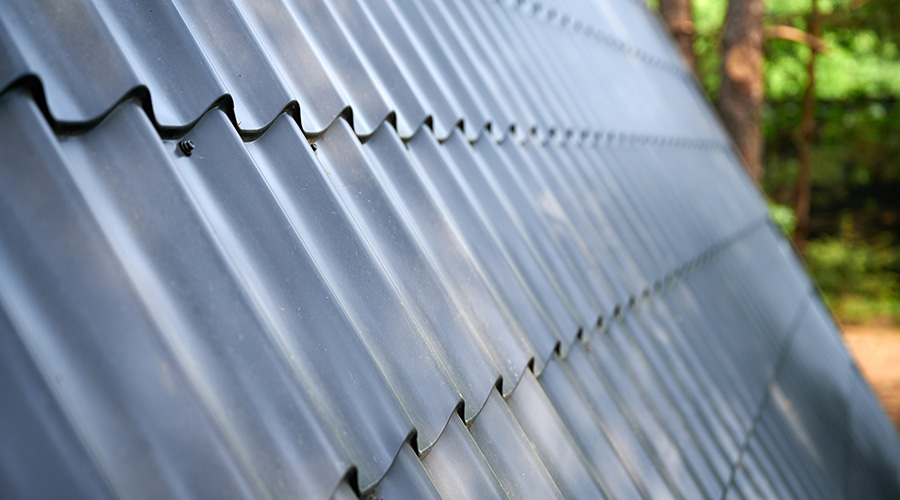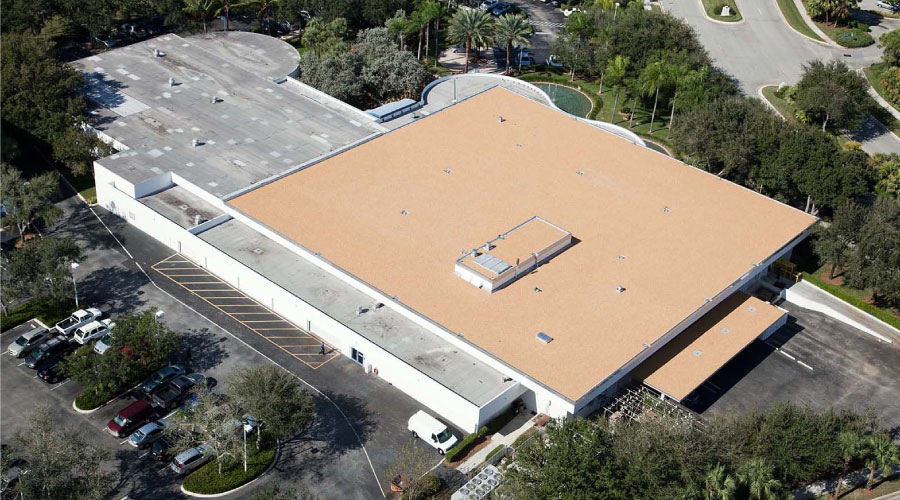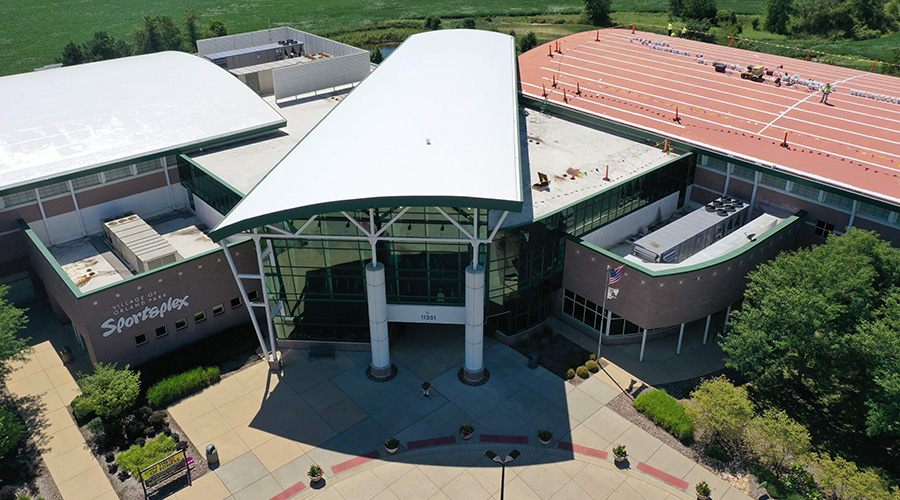Effective Inspection Plan Adds Years to Roofing System
Managers who have successfully specified and installed single-ply roofs have not finished their efforts to deliver long-term performance. The final step in the process involves ensuring the system survives daily activities of facilities.
"It all starts with periodic inspections," Hargrove says. "It's training staff to inspect the roof for ponding water, pinholes, open seams, and open terminations and flashings. Establish an inspection plan and a maintenance manual. Once you've done that, you're on your way to having your roof be an asset, not a problem, to the facility."
With an inspection plan and maintenance manual in place, the next step is to develop a strategy to effectively address the inevitable roof leaks.
"You want to find and resolve the leaks before they cause serious damage" Hargrove says. "You need to document every single leak. Have building personnel report leaks promptly. Talk to your end users, and make sure they're aware they need to report leaks promptly. Mark the location on a floor plan, record the date and weather, and describe the leak."
Inspections also should take into account damage from unforeseen sources.
"Even if your building didn't sustain damage from the wind event, check it afterwards because debris from adjacent buildings may have ended up on your roof and caused damage," Nunnikhoven says.
To prevent damage to interior operations and the facility, technicians need to respond to reports of leaks quickly.
"You've got to protect the building interior," Hargrove says. "Remove excess water by clearing roof drains. Locate the leak, if possible. Perform temporary repairs, then schedule permanent repairs. And remember to notify the manufacturer as part of the warranty requirement. You don't want to void your warranty."
While managers and their staffs understand their role in maintaining roofs, Hargrove says some hesitate because they are not as familiar with roofing.
"They're not roofers," he says. "They know their boiler plants because, out of necessity, they've been trained on these things. They certainly know the things that are right in front of them. But I think there's a concern that if you get involved in a roof, you may make things worse.
"The most important thing we tell facility managers is that they can do this. They can greatly increase the service life of their low-slope roofing systems. They can reduce the chance of water infiltration into their buildings, and they can greatly reduce the risk of damage as a result."
Related Topics:














